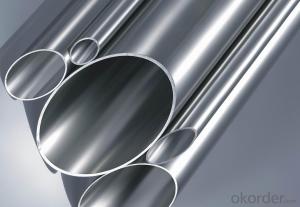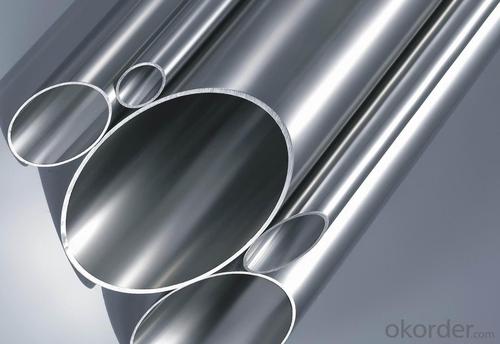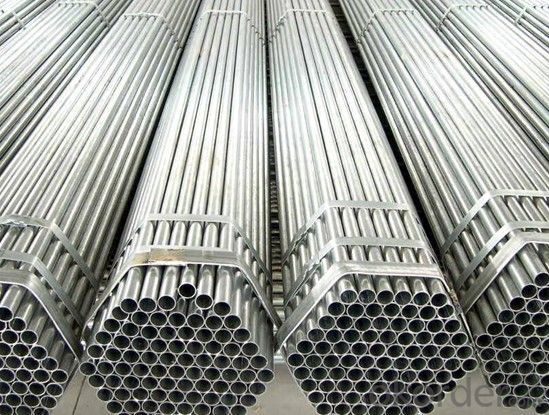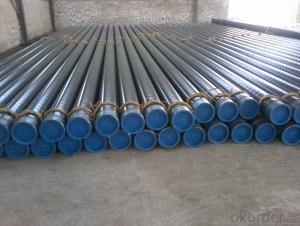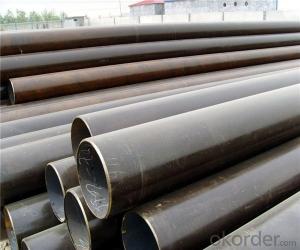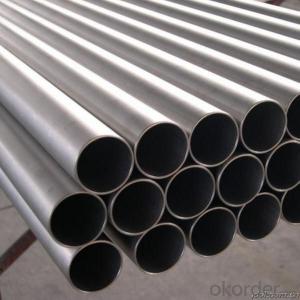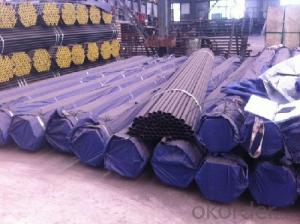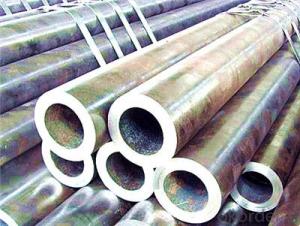Seamless Steel Pipe from China Mainland
- Loading Port:
- Qingdao
- Payment Terms:
- TT OR LC
- Min Order Qty:
- 2000 PCS
- Supply Capability:
- 38000 PCS/month
OKorder Service Pledge
OKorder Financial Service
You Might Also Like
Seamless Steel Pipe from China Mainland Details
| Thickness: | 4 - 100 mm | Section Shape: | Round | Outer Diameter: | 20 - 500 mm |
| Place of Origin: | China (Mainland) | Secondary Or Not: | Non-secondary | Application: | Structure Pipe |
| Technique: | Hot Rolled | Certification: | Other | Surface Treatment: | Other |
| Alloy Or Not: | Is Alloy | Grade: | 10#,20#,45#, 16Mn,10#-45# | Standard: | BS 1387,BS 6323,GB 3087 |
Packaging & Delivery
| Packaging Detail: | wrapped in bundles with steel strips |
| Delivery Detail: | within 35 days |
Seamless Steel Pipe from China Mainland Specifications
Standard | API 5CT, 5L; ASTM, BS, JIS, DIN |
Steel Grade | API 5L Grade B/ASTM A106B, BS 1387 |
O.D. | 27MM-508MM |
W.T. | 4MM-100MM |
Length | 5m--12m |
End protection | plastic caps |
Outside Coating | black painting, anti-corrosion oil, galvanized or as per required by customer |
Production Capacity | Three mills with full production capacity, 400,000tons per year |
Delivery time | 20 days |
Qualification | independent import and export qualifications |
Main market | Asia, India, Middle East, America, Europe |
Seamless Steel Pipe from China Mainland Pictures
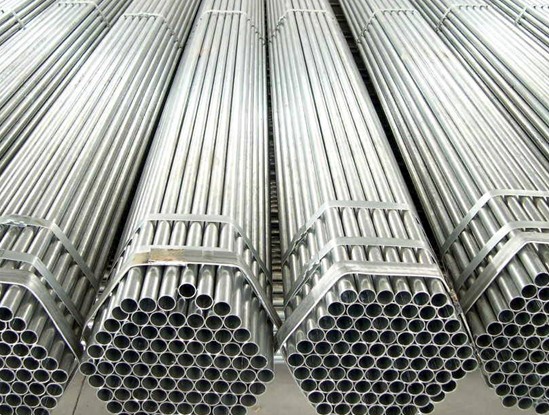
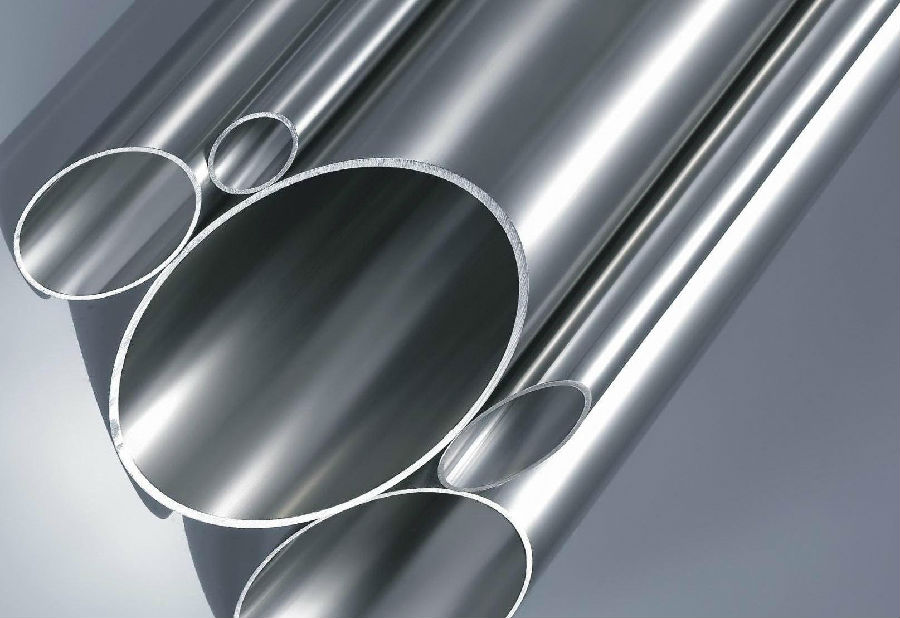
- Q: What time what time for gas pipeline steel pipe PE pipe
- City network is generally medium, are generally. PE pipe high pressure pipe with building the required distance, is generally used around the high pressure pipe laying (high pressure gas supply capacity, and can play the role of peak shaving), the city zone by the supply voltage to the voltage, residential building regulation boxes of low voltage supply to the users.
- Q: Can steel pipes be used for plumbing?
- Yes, steel pipes can be used for plumbing.
- Q: How can galvanized steel tubes be painted on the surface?
- Galvanized parts are nonferrous metals, ferrous metals are black, all metal adhesion is poor;
- Q: How are steel pipes used in plumbing?
- Steel pipes are commonly used in plumbing for various applications such as water supply and drainage systems. They provide durability, strength, and resistance to corrosion, making them suitable for both residential and industrial plumbing. Steel pipes can be used for transporting water, gases, and other fluids, and are often connected with fittings and valves to create a reliable and efficient plumbing system.
- Q: Can steel pipes be used for wastewater treatment facilities?
- Yes, steel pipes can be used for wastewater treatment facilities. Steel pipes are known for their durability, corrosion resistance, and high strength, which makes them suitable for handling various types of wastewater and harsh chemicals. Additionally, steel pipes can be easily welded, allowing for flexibility in design and installation.
- Q: Can steel pipes be used for underground water supply pipelines?
- Indeed, underground water supply pipelines can utilize steel pipes. The reason for the widespread use of steel pipes in water supply systems is their ability to endure, their strength, and their resistance to corrosion. They can withstand high levels of pressure and can accommodate large quantities of water. Furthermore, steel pipes come in a variety of sizes and thicknesses, granting flexibility in the design and installation of underground water supply pipelines. However, it is crucial to ensure that the steel pipes are appropriately coated or lined to avert corrosion and uphold the water's quality during transportation. Regular inspections and maintenance must also be carried out to prevent any potential problems with the steel pipes.
- Q: What is lined pipe?
- There are inner pipe jacket, such as day, tube, etc.; there are outside the pipe painted, such as large-diameter water pipes. An internally coated steel pipe for corrosive medium fluids replaces the expensive stainless steel pipe.
- Q: How can seamless steel tubes be produced?
- Tube mill, round tube billet, heating, perforation, three roll cross rolling, rolling or extrusion, removal of pipe, sizing (or reducing diameter), cooling, straightening, water pressure test (or flaw detection), marking, storage, cold rolling and hot rolling. Generally cold rolling, because of high accuracy.
- Q: Fastener type steel pipe scaffold steel pipe wall thickness
- The scaffolding steel pipe should be specified with the current national standard "GB/T13793" or "straight seam welded steel pipe welded steel pipe for low pressure liquid delivery" GB/T3091 Q235 ordinary steel pipe; steel pipe steel quality should meet the requirements of current national standard grade Q235 steel "carbon structural steel" in GB/T700
- Q: What are the different methods of wrapping steel pipes for corrosion protection?
- Corrosion protection for steel pipes can be achieved through various methods, tailored to specific applications and environmental conditions. Some commonly used techniques include: 1. Tape Wrapping: Steel pipes are wrapped with corrosion-resistant tape, like polyethylene or polypropylene tape, to create a barrier between the pipe and corrosive elements. This reduces the risk of direct contact and subsequent corrosion. 2. Inner Wrapping: A protective coating or lining is applied to the inside surface of the steel pipe. This method is commonly employed for pipes transporting fluids or gases, offering an additional layer of protection against internal corrosion. 3. External Coating: A widely utilized technique involves applying a protective coating to the outer surface of the steel pipe. This coating, which can consist of materials like epoxy, polyethylene, or polyurethane, acts as a barrier against corrosive elements, extending the pipe's lifespan. 4. Cathodic Protection: An electrochemical method is utilized to safeguard steel pipes from corrosion. By connecting the steel pipe to a sacrificial anode, such as zinc or magnesium, the anode corrodes instead of the pipe. This diverts corrosive currents away from the pipe, preventing its corrosion. 5. Heat Shrink Sleeve: Heat shrink sleeves are commonly employed for corrosion protection in underground or submerged scenarios. These sleeves, made of heat-activated material, shrink when heated to form a tight seal around the pipe. By preventing direct contact with moisture and corrosive elements, the sleeve effectively acts as a barrier. 6. Fusion Bonded Epoxy (FBE) Coating: FBE coating entails applying a thermosetting powder coating to the steel pipe's surface, which then fuses to create a protective layer. This coating exhibits strong adhesion and corrosion resistance, making it a popular choice for various steel pipe applications. Choosing the appropriate corrosion protection method for steel pipes depends on factors like the environment, specific corrosive elements, intended use, and other requirements. Seeking professional advice and consultation may be necessary to determine the most suitable technique for a particular situation.
Send your message to us
Seamless Steel Pipe from China Mainland
- Loading Port:
- Qingdao
- Payment Terms:
- TT OR LC
- Min Order Qty:
- 2000 PCS
- Supply Capability:
- 38000 PCS/month
OKorder Service Pledge
OKorder Financial Service
Similar products
Hot products
Hot Searches
Related keywords
